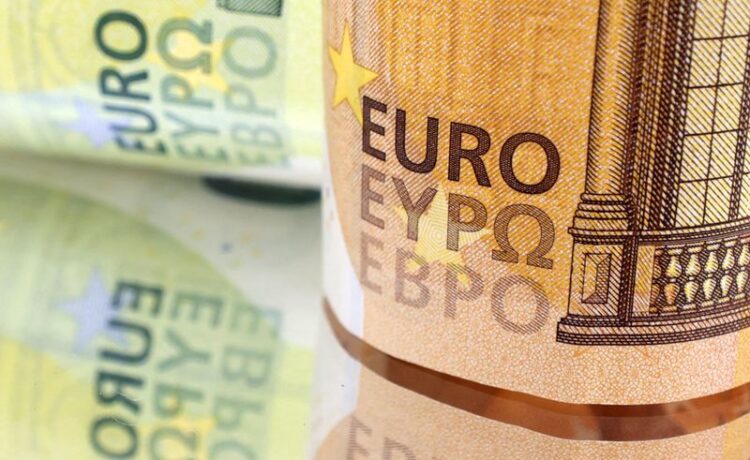By Ankur Banerjee
SINGAPORE (Reuters) – The euro fell sharply on Monday, hit by political uncertainty after French President Emmanuel Macron called a snap legislative election, while the dollar was firm ahead of the Federal Reserve’s meeting later in the week.
The dollar was supported by a stronger-than-expected jobs report on Friday that cooled rate cut expectations and so suggested the U.S. central bank could take time to start its easing cycle this year.
The euro hit a one-month low of $1.07485 in Asian hours after Macron took a risky gamble to try to reestablish his authority by calling for an election after gains in the European Union vote by the far-right.
Eurosceptic nationalists made the biggest gains in European Parliament elections on Sunday, an aggregated exit poll showed, although centre, liberal and socialist parties were set to retain a majority.
The euro was last down 0.44% at $1.0753 and has slid more than 2.5% against the dollar this year. The euro fell to its lowest since August 2022 against the pound, and eased 0.2% against the yen.
Charu Chanana, head of currency strategy at Saxo, said the euro has suffered a double-blow from the hot U.S. jobs data on Friday and the political uncertainty in Europe.
“This is adding to the downside pressures for the currency after the ECB kickstarted its easing cycle last week, while the Fed could be seen delaying its rate cuts for now.”
The European Central Bank cut rates last week in a well-telegraphed move, but offered few hints about the outlook for monetary policy given that inflation is still above target.
Markets in China, Hong Kong, Taiwan and Australia are closed for holidays.
The dollar index, which measures the U.S. currency against six rivals, rose 0.18% to 105.25, having touched a nearly one-month high of 105.30 earlier in the session.
Data on Friday showed nonfarm payrolls increased by 272,000 jobs last month, against expectations in a Reuters poll for 185,000, with estimates ranging from 120,000 to 258,000.
Markets are now pricing in 36 basis points of Fed cuts this year compared to nearly 50 bps – or at least two cuts – before the jobs data.
The chances of a rate cut in September are now at roughly 50%, from around 70% on Thursday. The Fed meets on Tuesday and Wednesday and is expected to leave rates unchanged.
The spotlight instead will be on comments from Chair Jerome Powell and whether there are any changes to economic projections. U.S. inflation data is also due on Wednesday.
Moh Siong Sim, currency strategist at Bank of Singapore, said the markets are going to be more cautious and wait for the inflation report and Fed meeting to give some direction.
“Markets will be focusing on the dot plot as to whether it’s going to be two or one (rate cut projections).”
The Bank of Japan is due to hold its two-day monetary policy meeting on Thursday and Friday, with the central bank widely expected to maintain short-term interest rates in a 0-0.1% range.
Reuters reported last week that BOJ policymakers are brainstorming ways to slow its bond buying and may offer fresh guidance.
The Japanese yen weakened to 157.13 on Monday and remains close to the 34-year trough beyond 160 per dollar reached at the end of April, which prompted Japanese officials to spend some 9.8 trillion yen ($62.46 billion) on currency intervention to support it.
Sterling was little changed at $1.27145 having touched $1.2700, its lowest in a week earlier in the session.
($1 = 156.9 yen)
(Reporting by Ankur Banerjee in Singapore; Editing by Shri Navaratnam and Neil Fullick)

















